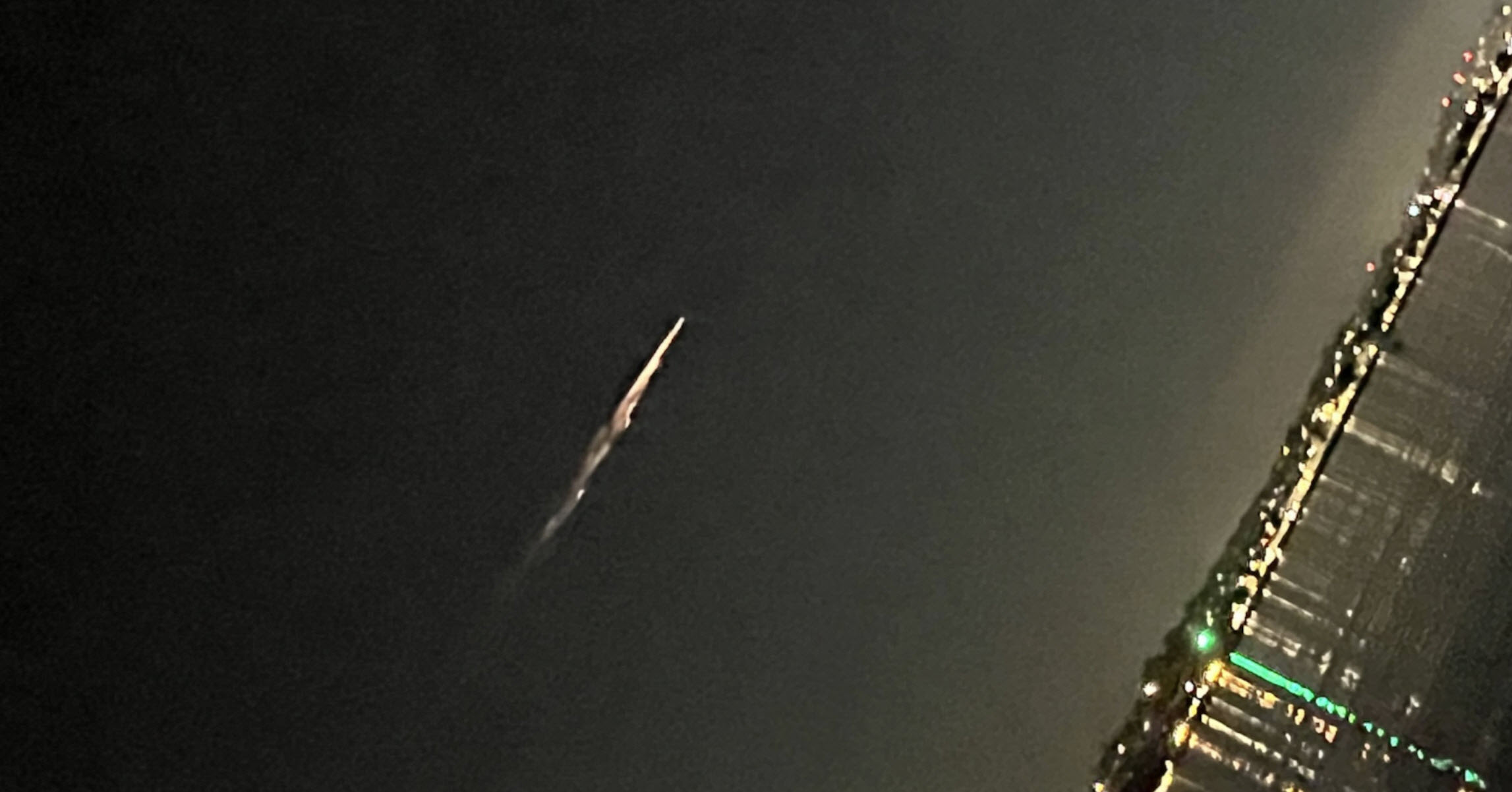A dramatic fireball streaked across the pre-dawn sky of Southern California early Tuesday morning, startling residents and prompting a flurry of calls to emergency services. The fiery object, witnessed by hundreds of observers from Sacramento to San Diego, has now been identified as the disintegrating remains of China’s Shenzhou 15 chinese space station module.
The American Meteor Society (AMS) reported receiving over 80 reports of the event, which unfolded around 1:40 am local time. Experts believe the burning object was the orbital module of the Shenzhou 15 spacecraft, which launched astronauts to China’s Tiangong space station in November 2022. Unlike the reentry module designed to ferry astronauts safely back to Earth, the orbital module serves as a living and working space during a mission but is not built for a controlled landing.
“The visuals were awe-inspiring, but the reality is this is uncontrolled reentry of a large object,” commented Jonathan McDowell, a prominent astrophysicist and satellite tracker. “The Shenzhou orbital module doesn’t come back down in a pre-designated, safe way.”
While initial confusion swirled, with some speculating the debris might be from a SpaceX launch that occurred earlier that night, the fiery object’s trajectory and point of origin have since confirmed it to be Chinese space station debris. This uncontrolled reentry is not an isolated incident for China. The nation’s Long March 5B rocket launches, crucial for delivering components to their space station, are also known for their uncontrolled reentries. This practice has drawn criticism from space agencies worldwide, including NASA and the European Space Agency, who have labelled it irresponsible and potentially dangerous.
The incident raises concerns about the growing issue of space debris. As space exploration continues to ramp up, ensuring the safe disposal of defunct spacecraft and rocket stages becomes increasingly critical. Experts emphasize the need for international collaboration to develop protocols and procedures for controlled reentries, minimizing risks and safeguarding our planet.



 Shiftdelete.net
Shiftdelete.net










